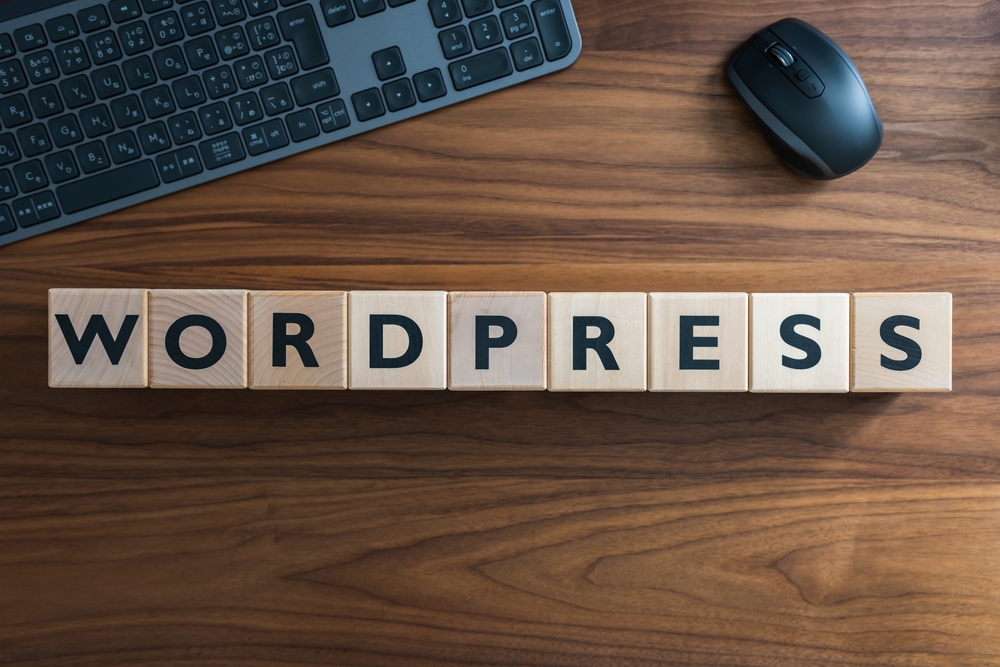
WordPress (the blogging platform) has emerged as one of the most popular content management systems for website design and development. Its user-friendly interface, vast plugin library, and flexibility make it a top choice for beginners and professionals alike. However, to truly master WordPress and harness its full potential, it's crucial to have a firm grasp on customization and website maintenance. In this article, we will explore expert tips and best practices to help you take your WordPress (WP) website to the next level.
1. Understanding the Basics of WordPress (the platform for bloggers) CustomizationTo customize your WordPress (or WP) website effectively, start by diving into the theme and plugin settings. Familiarize yourself with the available customization options and explore different themes to find one that aligns with your website's goals and aesthetics. Utilize the WordPress Customizer, which allows you to make live changes to your site's appearance, such as color schemes, header and footer layouts, and more. Additionally, explore the extensive range of plugins available to enhance functionality and design.
2. Harness the Power of WordPress Plugins
One of the key strengths of WordPress is its vast library of plugins. These plugins offer countless opportunities to extend the functionality of your website. Whether you need to optimize your site for search engines, enhance security measures, or improve user experience, there's likely a plugin available to suit your needs. However, it's important to exercise caution and only install reputable plugins from trusted sources to maintain the security and performance of your WordPress website.
3. Customizing Themes to Fit Your Brand
While WordPress comes with a wide variety of pre-designed themes, customizing these themes is essential to establish a unique brand identity. Begin by modifying the header and footer sections, which are often the first things visitors notice. Add your logo and adjust the colors, fonts, and layout to align with your brand guidelines. Additionally, explore custom CSS options where you can fine-tune the finer details and ensure that your website represents your brand accurately.
4. Maintain Optimal Performance
Regular website maintenance is crucial to ensure optimal performance and user experience. Start by keeping your WordPress version, themes, and plugins up to date. Regularly check for updates and install them to benefit from bug fixes, security patches, and new features. Additionally, regularly optimize your database by deleting unnecessary data and optimizing WordPress's built-in cache system. Consider implementing a content delivery network (CDN) to enhance website speed and reduce server load. Regularly monitor your website's performance using tools like Google PageSpeed Insights or Pingdom to identify areas for improvement.
5. Improve SEO with WordPress
Search engine optimization (SEO) is a critical aspect of any successful website. WordPress offers numerous plugins and tools to help you enhance your website's visibility on search engines. Install an SEO plugin like Yoast SEO or Rank Math to optimize individual pages and posts. These plugins provide analysis and recommendations to improve your content's readability, keyword usage, meta tags, and more. Additionally, create an XML sitemap and submit it to search engines to ensure your website's pages are indexed properly. Leverage SEO plugins to integrate social media metadata, enabling more effective sharing and engagement on social platforms.
FAQs:
1. How do I secure my WordPress website?To secure your WordPress website, ensure you follow these best practices:
- Use a strong password for your WordPress admin account.
- Regularly update your WordPress version, themes, and plugins.
- Install a security plugin like Wordfence or Sucuri to monitor and protect your website.
- Use a reliable hosting provider that offers secure infrastructure and regular backups.
- Employ SSL encryption to secure data transmission between your website and users.
2. Can I customize the WordPress login page?
Yes, you can customize the WordPress login page to align it with your brand. Utilize plugins like Custom Login Page Customizer or LoginPress to personalize the login page's logo, background, colors, and more. This allows you to create a consistent brand experience for users.
3. How do I optimize website speed in WordPress?
To optimize website speed, follow these tips:- Utilize a reliable hosting provider with fast servers and caching capabilities.
- Compress and optimize images using plugins like Smush or EWWW Image Optimizer.
- Minify CSS and JavaScript to reduce file sizes.
- Implement a caching plugin like W3 Total Cache or WP Super Cache.
- Remove unnecessary plugins, themes, and media files that may slow down your website.
4. Can I switch between WordPress themes without losing content?
Yes, switching WordPress themes does not lead to content loss. However, different themes may have different layouts and features, which can affect the appearance of your content. It's crucial to preview and test new themes before applying them to ensure compatibility and maintain the desired design and functionality.
5. How can I back up my WordPress website?
There are multiple ways to back up your WordPress website, including:- Using a backup plugin like UpdraftPlus or BackupBuddy to schedule automatic backups and store them in remote locations.
- Manually exporting your website's content, including the database, themes, and plugins, through the WordPress dashboard.
- Employing a hosting provider that offers regular backups as part of their service.
Remember, mastering WordPress is an ongoing process that requires continuous learning and exploration. By implementing these expert tips and best practices, you'll be well on your way to creating and maintaining a customized WordPress website that stands out from the crowd. Happy customizing!
Other useful resources
- https://en.wikipedia.org/wiki/Blog
- https://www.wordpress24plus.com/wordpress-tools-directory/wordpress-themes/
- https://www.wordpress24plus.com/topics/wordpress-tips-and-tricks/